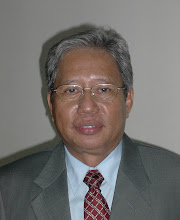
Figure 1 Rivers and Points Annual Rainfall at Sabah (After Sabah Water Resources Master Plan, 1995)
The best source of information about river basins in Sabah is from the "Sabah Water Resources Master Plan", which can be seen at http://www.did.sabah.gov.my/ . The river basins are can be grouped as those that discharging the flow to the west coast, north coast, and to the east coast. Some rivers that go to west coast are:
- Sg. Mayog/Babogon
- Sg. Papar
- Sg. Padas
- Sg. Bandau
- Sg. Bangan/Kinorom
- Sg. Bengkoko/Pitas
- Sg. Liwagu
- Sg. Kinabatangan
- Sg. Tawau
- Sg. Merotai Besar
The Figure 1 shows the points annual rainfalls and rivers in Sabah.

Comments